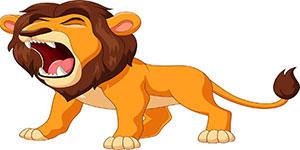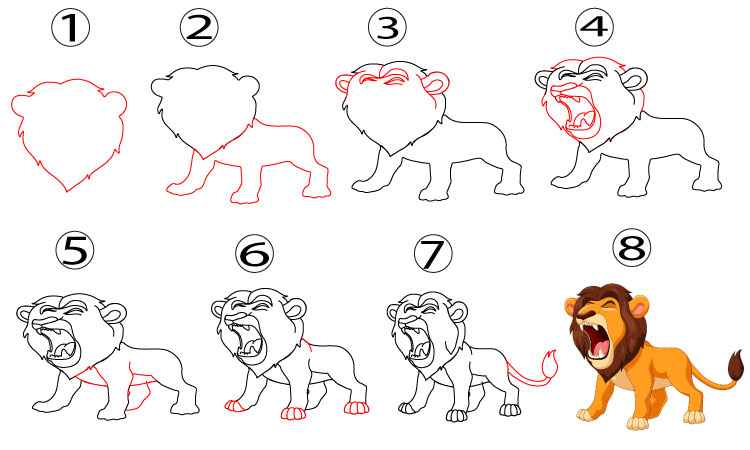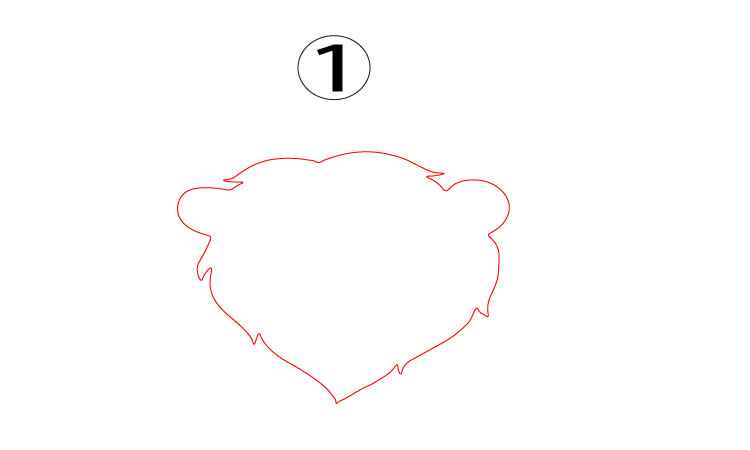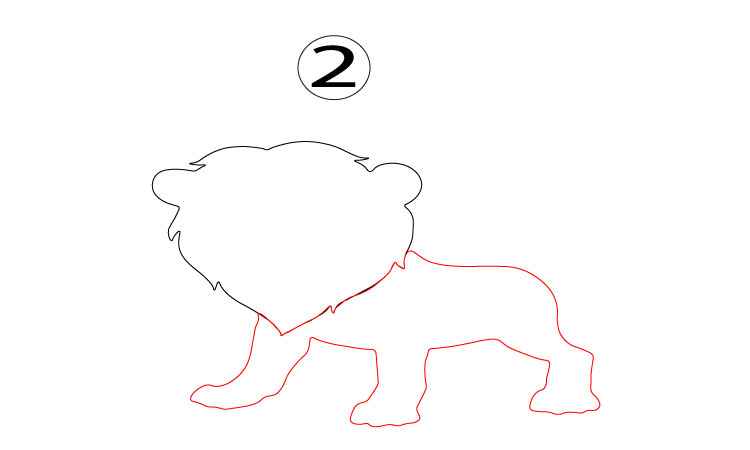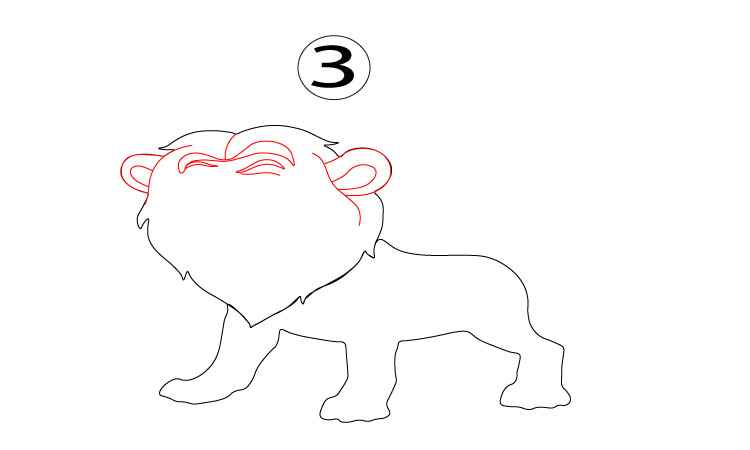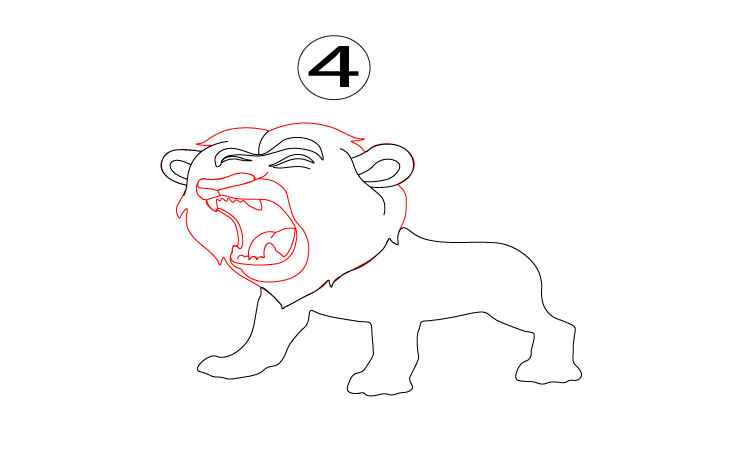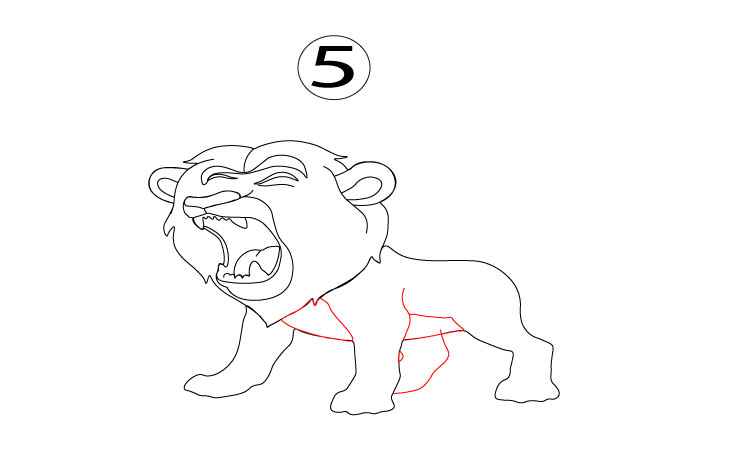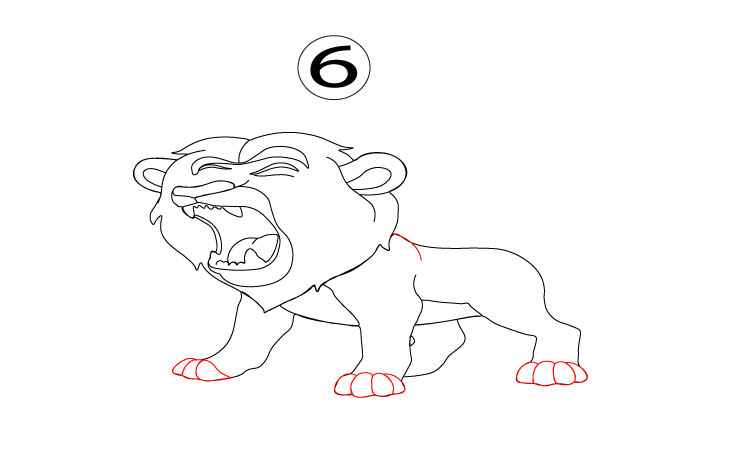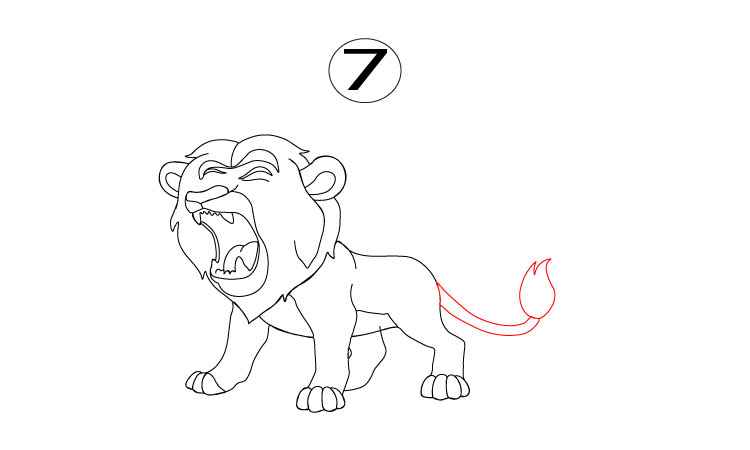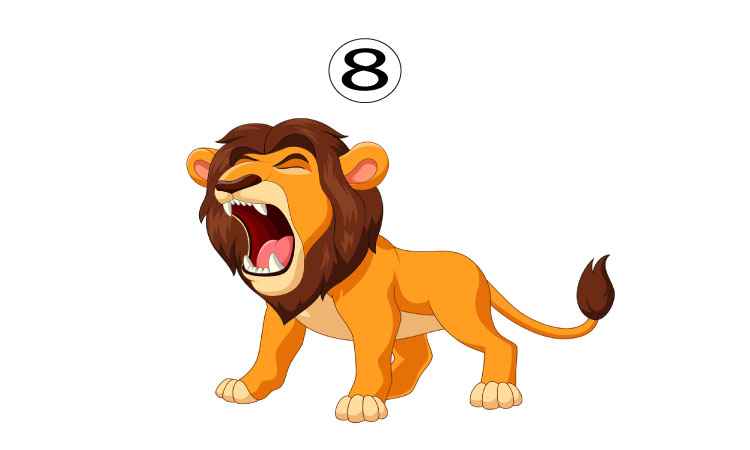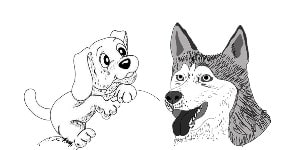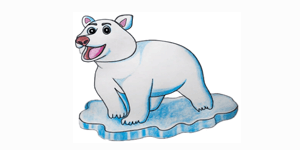Roaring Lion Drawing
The lion has been a representation of bravery, strength, and absolute power throughout history. It makes sense that artists have been motivated to image the soul of this amazing creature in their works for a very long time. The drawing of a roaring lion is one of the most attracting ways to depict lions in art among all other methods. This essay examines the artistic appeal, meaning, and feelings that a drawing of a roaring lion arouses in its audience.
A lion’s roar is an expression of its might and domination. It represents strength, bravery, and the capacity to draw attention to oneself. Ancient cultures held lions in high regard for their regal bearing and frequently identified them with monarchs. This symbolism is showing by an image of a roaring lion, which stands for power, bravery, and unadulterated, primal force.
Roaring Lion Drawing for Kids
Artist can study about the roaring lion features, Strong body, gapping jaws, flowing name by drawing the roaring lion and study about its anatomy and behavior. They give the lion life on the painting by adding vivid details, strong lines, and shading that give it vigor and energy. The artwork gains depth and complexity by the deliberate use of light and shadow, which also accentuates the roar’s intensity.
Drawing with Roaring Lion Easy may be an exciting and rewarding experience for both inexperienced and experienced artists. Because of its powerful and magnificent appearance, drawing and painting a roaring lion is an enthralling endeavor. You may unleash your artistic ability and bring the king of the jungle to life with the help of this comprehensive guide on drawing a roaring lion.
Materials you will need:
Before we begin, gather the following materials:
- Drawing paper or sketchbook
- Pencils (HB, 2B, and 4B)
- Eraser
- Pencil sharpener
Roaring Lion Drawing Step by Step:
Step 1:
Sketch the basic outline of the lion’s head. Begin with a circle for the head and add two intersecting lines to establish the direction of the face and muzzle. Draw two small circles for the ears on the top of the circle in roaring lion drawing.
Step 2:
Draw the large circle for the body, which starts from the head, then curve the line and sketch the legs. After sketching the lion’s legs, attach the line with the head—Mane Details focus on developing the intricate details of the lion’s mane. Observe the reference image to determine the direction and flow of the fur. Use light, curved strokes to depict the mane’s texture, considering that the mane should appear thick and voluminous.
Step 3:
Head Structure and Ears emphasize the structure of the lion’s head by adding more depth to the snout and forehead. Draw the ears, which are typically prominent in a roaring lion. Please pay attention to their size, shape, and placement. After adding the ears, draw some lines for the eyebrow in the roaring lion drawing. Enhance the facial expressions by carefully shaping the eyebrows and adding fur details around the muzzle.
Step 4:
Now it’s time to add the roaring mouth of the lion. When the roaring lion’s mouth is opened can be seen in the image of the roaring lion drawing for kids. Draw a circle for the roaring mouth. Inside the circle, draw some teeth and the tongue of the lion.
Step 5:
At the start of this article, we draw the three legs of the lion. Now draw the fourth leg of this lion roaring drawing easy. It is the same as we already drew. After drawing the legs, now draw the lower part of the body of the lion.
Step 6:
It’s time to add the most powerful part of the lion. Paws are the powerful part of the lion; body. It is quite simple and easy to draw the small lines below the legs for the paws. A reference image of the roaring lion drawing is below and can be easily seen.
Step 7:
Now add the tail of the lion. Start with a simple curved line to outline the general shape of the tail, and gradually refine it by adding additional curved lines to indicate where the fur lies. Remember to keep the overall flow and movement in mind.
Step 8:
Once satisfied with your pencil drawing, you can ink it using fine-tip markers or ink pens. Outline the final lines with precision and add extra details if desired. To add depth and vibrancy in your drawing you can skip inking step. The color of the lion is gold, as we already use this color. I suggest you use these colors in his roaring lion drawing step by step.
Conclusion:
The roaring lion illustration is an example of the captivating fusion of creativity, grandeur, and force in art. Its ability to evoke powerful emotions, visual appeal, and symbolism captivate viewers. Whether a drawing of a roaring lion is used as a token of gratitude, inspiration, or strength, it always makes an impression on the person who sees it. The artist’s skillful brushwork brings the lion to life, and its captivating intensity of roaring speaks to our shared primal core and transcends time.

